From Viking ships and war history, to amazing artworks and cultural icons, these are the best museums in Europe.
I love visiting museums and art galleries! They’re a great way to gain insight into the natural and human history of a country. They’re are also an ideal way to spend some time indoors when it’s too hot, too cold, or too wet to go out and see the sights!

Europe has some of the world’s best (and most famous) museums. Think the Louvre in Paris, the British Museum in London, and the wonderful Prado Art Gallery in Madrid. There are also plenty of lesser-known, but no less fascinating, museums dotted all over Europe where you can easily while away endless hours immersed in the world of paintings, sculpture, history, and nature.
So come with me on a trip across the continent! From its distant southeast corner in Turkey to the far north of Scandinavia, it’s time to hear about some of Europe’s best museums!
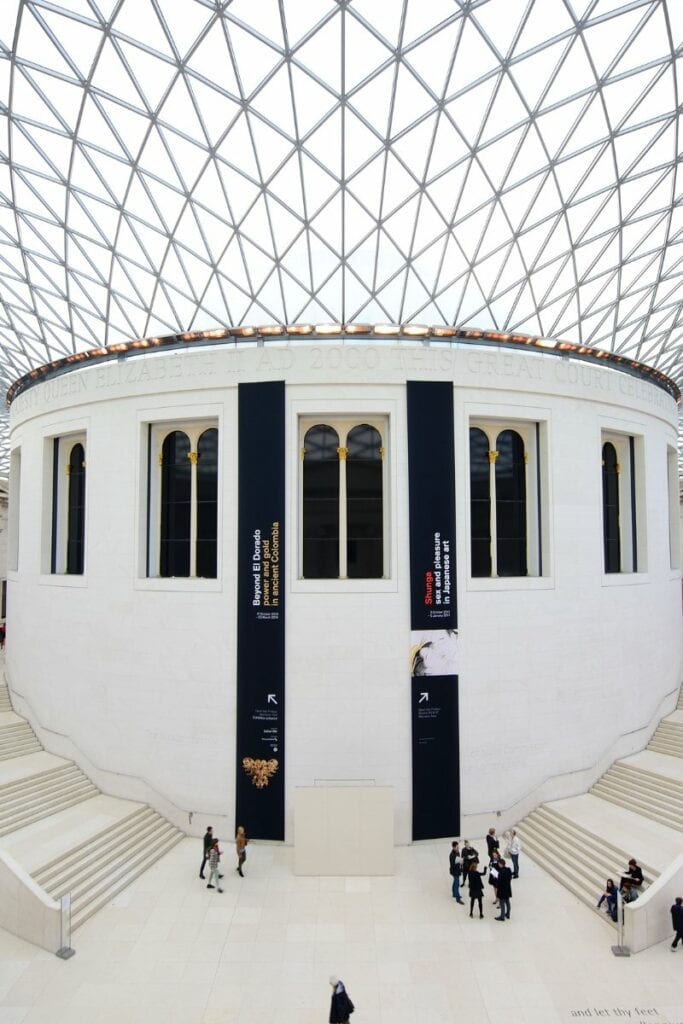
19 Best Museums in Europe
Topkapi Palace Museum, Istanbul, Turkey
It’s time to imagine you’re an Ottoman sultan, or the wife of an Ottoman prince! Housed in the former Imperial Palace of the Ottoman Sultans, in the Topkapi Palace Museum you’ll discover a treasure trove of Islamic calligraphy, porcelain, Ottoman miniatures and jewellery.
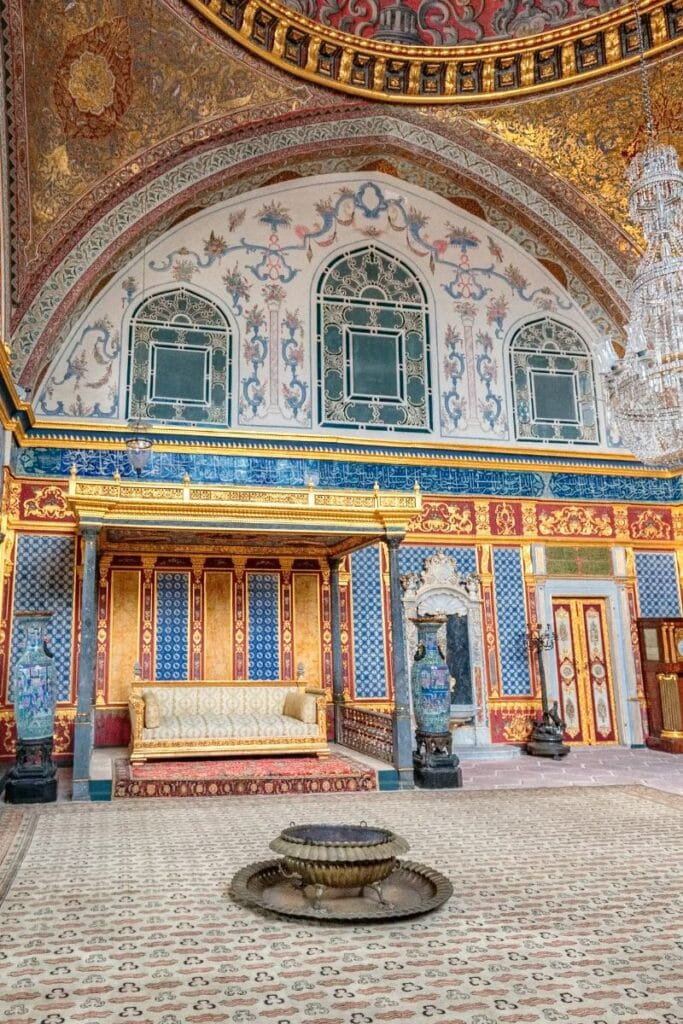
You can wander each of its four “courts”, where the sultans of old once kept their harems and held their Imperial Councils. These luxurious spots now contain collections of artefacts from Turkey’s golden age, from the 15th to the 19th centuries.
The courts are linked by ornate marble pavilions and park-like gardens where fountains sparkle! It’s not difficult to imagine sultans, eunuchs and concubines parading and scheming here! Don’t miss the Imperial Treasury, where you’ll find ruby-encrusted daggers, massive diamonds, and the jewelled sword of Süleyman the Magnificent.
If you’re planning a trip, I’d recommend buying fast-track tickets in advance as the queues can be pretty long!
You can read about my other top picks in my comprehensive guide to the best museums in Istanbul.
Acropolis Museum, Athens, Greece.
The spectacular collection at the Acropolis Museum brings to life the ancient culture upon which Western civilization is based. The museum’s three floors take you on a journey through time, from the earliest days of habitation 4,000 years ago, right up to the end of the antiquity era.

The museum’s entrance crosses a glass floor, beneath which lies an archeological site of an Athenian neighbourhood. The building then ascends Parthenon Hill, with displays of Greek Bronze age, Roman and Byzantine artefacts laid out between marble columns in the same way as the Parthenon Temple itself.
It’s one of the best places to visit in the city, and a must for any weekend in Athens! If you’re planning a trip, I’d suggest looking at options of tickets that combine visiting the Acropolis with the Acropolis Museum. Something like this ticket tends to work out a bit more budget friendly!
Vatican Museums, Rome, Italy.
The Vatican is an independent enclave within Rome, and the Vatican museums are home to some of the most famous artworks in the world. With galleries including the Jewish Lapidarium, which houses ancient inscriptions from Jewish catacombs to the Iron Age artefacts of the Gregorian Etruscan Museum, you’ll have plenty to see and do.

My advice would be to visit the Vatican Museums’ official website and choose which galleries that you’d like to see. Then you can make a proper plan for your time in Rome. Then, book your tickets in advance here so that you don’t waste time queuing on the day!
Museo National del Prado, Madrid, Spain.
Possibly the best art museum in Europe (it’s certainly one of my favourites!) the Prado collection in Madrid showcases the work of artists favoured by Spain’s rulers since the early 19th century.
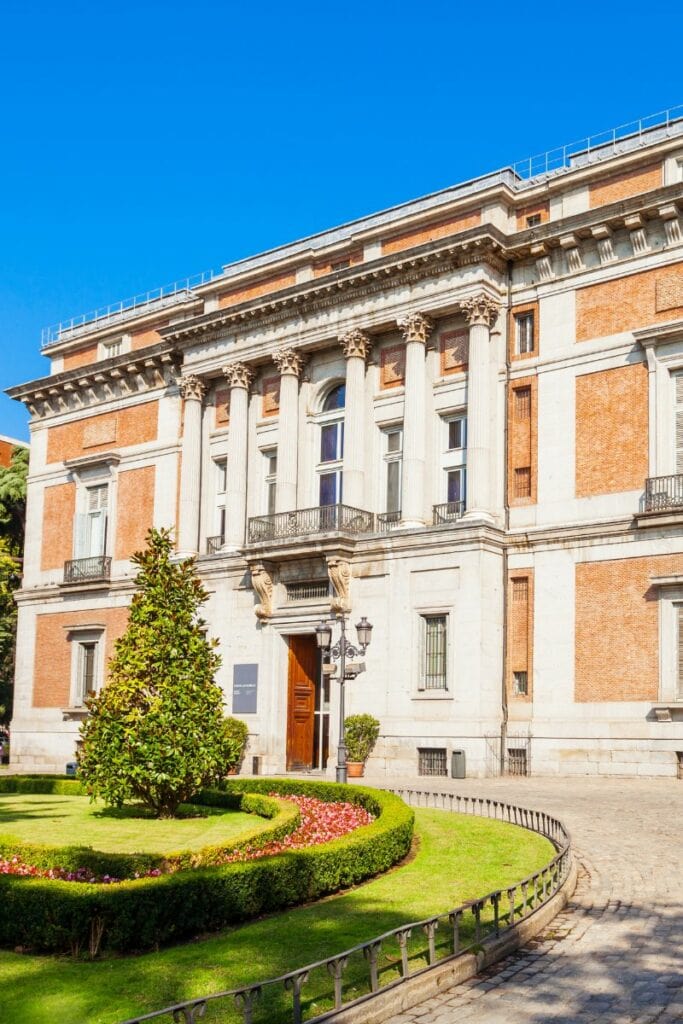
From the stark (and often gory) revolutionary works of Goya, to Velazquez’s exquisite depictions of light and perspective, you’ll find yourself captivated at every turn in this spectacular building! Don’t miss Velazquez’s self-portrait of the Spanish Royal Family – it’s a masterpiece!
Queues tend to be pretty long in peak season, so definitely consider spending a little more on a skip-the-line ticket. It’s worth every extra Euro so you have more time to spend in the museum and seeing the city!
Also, if you’re planning a trip to this amazing city, definitely have a read of these fascinating facts about Madrid before you leave!
The Art History Museum, Vienna, Austria.
Hands up if you’re interested in art history? If you’d like to learn about the inspiration and techniques of the old masters, you simply have to visit this Vienna museum.

Built to house the art collections of Austria’s imperial families, this stunning building (also known as the Kunsthistorisches Museum) in the heart of the city has the world’s largest collection of paintings by Bruegel, along with works by Raphael, Vermeer, Rembrandt and Tintoretto.
The museum also has a wealth of Egyptian and Near Eastern artefacts, Greek and Roman antiquities and a vast collection of world coins. As if that wasn’t enough, you can refresh yourself at the authentic Viennese coffeehouse in the museum’s atrium! If you’re planning a weekend in Vienna, this is a must-visit!

Musée d’Orsay, Paris, France.
Less well known than the famous Louvre, the Musée d’Orsay is one of the best art galleries in Paris. I love vibrant colours, and the paintings on display in this lovely museum span the entire rainbow… and more! The building itself is pretty special too. It’s a former railway station built between 1898 and 1900.

From Gaugain’s rich South Pacific canvases and Monet’s famous watercolours of the Giverny gardens, to the manic swirls and cascading stars of Vincent van Gogh, you’ll be captivated by the works contained in the Musée d’Orsay’s bright, sunlit halls. If you’re short on time, consider booking a skip-the-line ticket before your trip.
The Louvre, Paris, France.
Have you always dreamed of standing in front of the world’s most famous painting? Leonardo da Vinci’s masterpiece, the Mona Lisa, is just one of 35,000 artworks on display in The Louvre. The museum’s official website has a further 215,000 artefacts and artworks to discover.
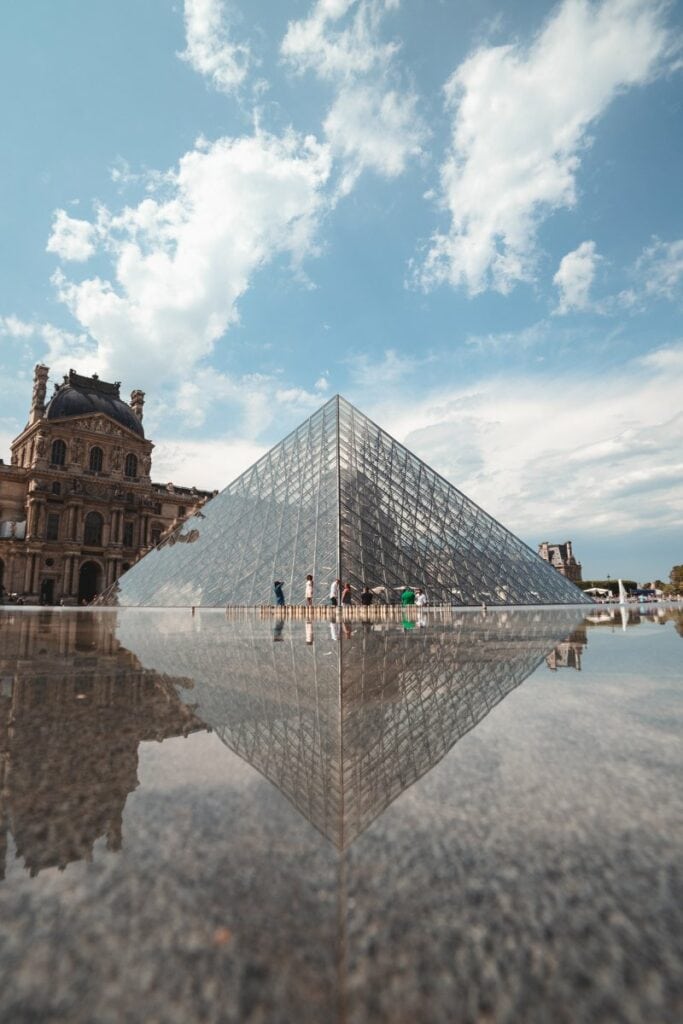
With collections ranging from Egyptian Antiquities to Napoleonic paintings such as The Wedding at Cana by Paola Veronese, whatever style of art you’re interested in, you’ll find something you love in the magnificent halls of the Louvre Museum.
This museum gets extremely busy, especially in peak summer! If you can spare a few extra Euros, definitely book a Louvre fast-track ticket. It’s 100% worth it!

The British Museum, London, England.
The Brits are great collectors. Throughout the years of the British Empire, scholars and explorers brought back specimens and artefacts from every corner of the globe. Founded in 1753 and regarded by many as the best museum in the world, the British Museum is a place to lose yourself in the history of every civilisation, both big or small.
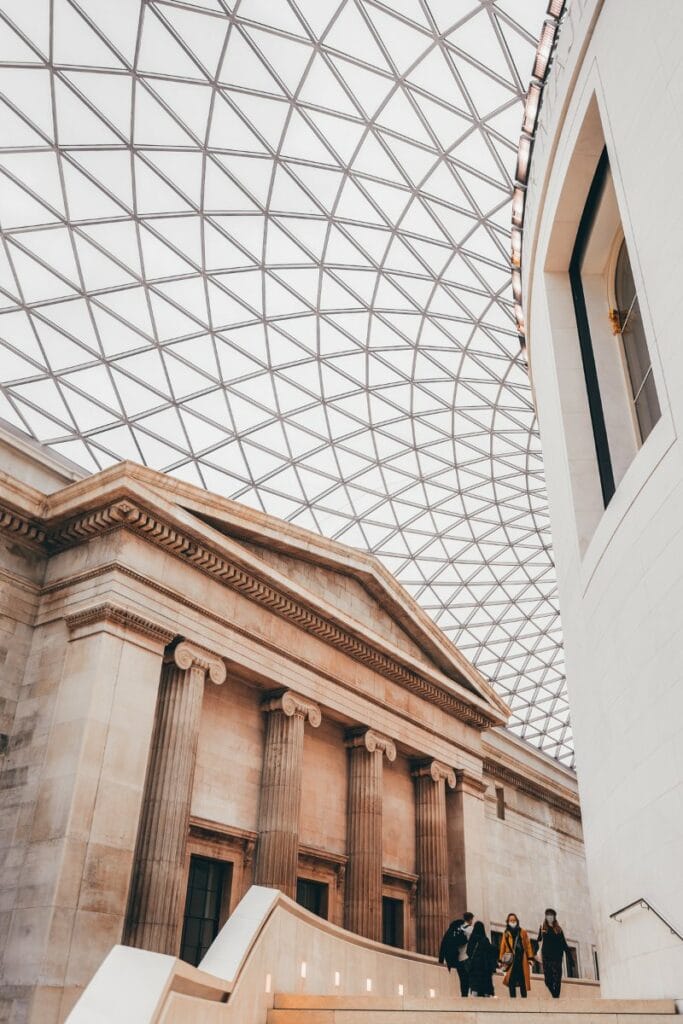
Along with artefacts and traditional art, the museum’s African section contains works by modern African artists depicting the modern history of the continent.
Meanwhile, the Egyptian Wing contains iconic pieces such as the Rosetta Stone. In the Oceania Gallery you’ll be able to learn about the cultures of the South Pacific with displays from New Zealand/Aotearoa, Australia and the islands of Polynesia. If you only visit one museum in Europe, make it this one!
The Churchill War Rooms, London, England.
Imagine being in command of the armies that would decide the fate of Europe and the Free World?! Preserved almost exactly as it was in the days when the United Kingdom was the base for operations against the axis armies, Winston Churchill’s subterranean base is a fascinating, if somewhat claustrophobic, glimpse of what life was like in wartime London.
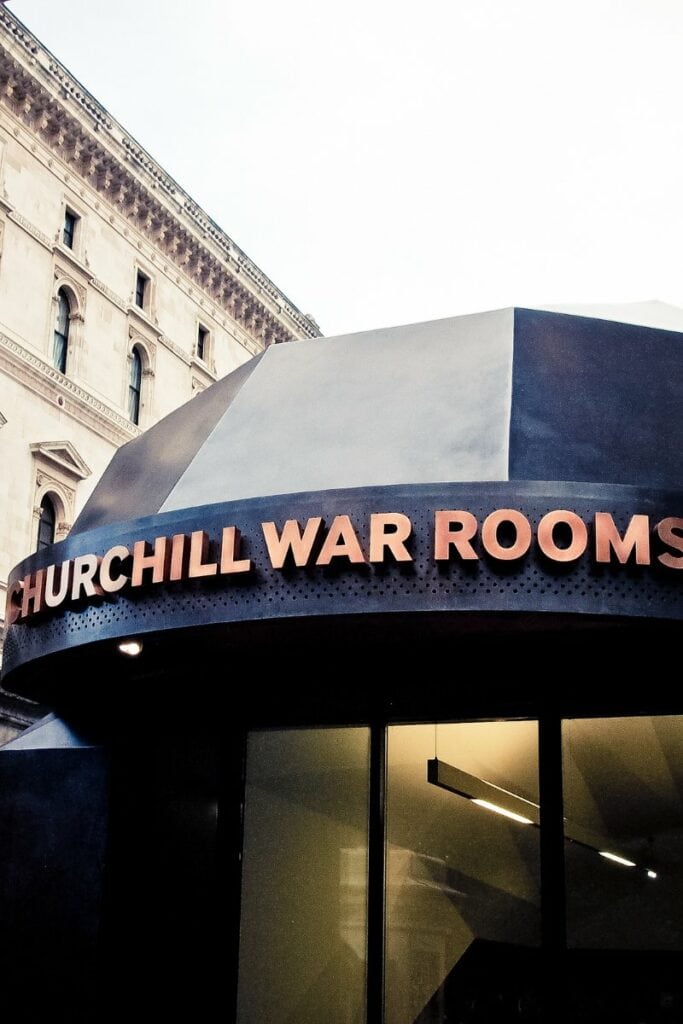
Located beneath Westminster, in the heart of London, the museum combines images, footage and oral histories with artefacts. Equipment has been left exactly where it was the day the lights were switched off in 1945. I’d recommend allowing at least 90 minutes to see the museum itself, although you may want to linger longer if you feel your inner Churchill wanting to know more!
The Tate Modern, London, England.
Do you want to see the best collection of contemporary art in Europe? Well, the Tate Modern is the place to go! Occupying the site of the former Bankside Power Station on the South Bank of the Thames, the museum is divided into three galleries.
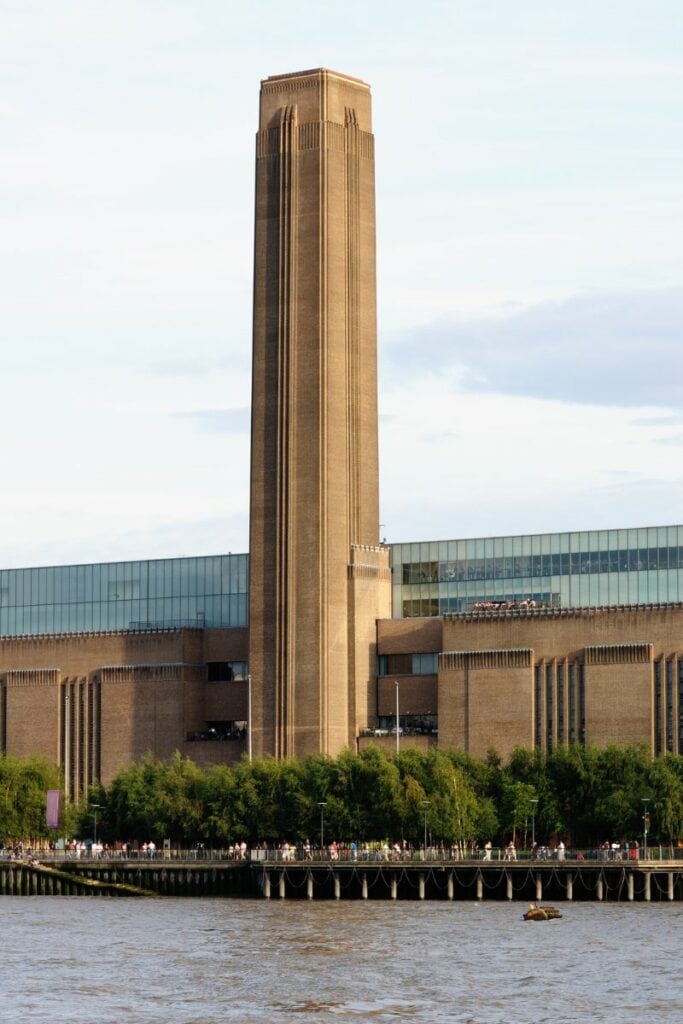
The gallery themes change throughout the year, so if, like me, you’re lucky enough to visit more than once, chances are you’ll find entirely new sets of modern art to gaze at.
Entry is free for most of the exhibitions, plus there’s the added bonus that you can marvel at the panoramic view of London from the top floor café!
The National Gallery, London, England.
The National Gallery is in a central location in Trafalgar Square, moments from all the city’s greatest sights. It’s easy to combine a visit with trips to places like Big Ben, the London Eye or Buckingham Palace.

With ever-changing exhibitions, this impressive gallery is one of the world’s premier destinations for lovers of contemporary art and traditional masterpieces. With so many collections to choose from, I’d suggest checking the website before you visit the gallery, so that you can plan your time accordingly.
The Titanic Belfast Museum, Belfast, Northern Ireland.
Built beside the slipway where the mighty ship was constructed and launched, this nautical museum’s interactive collections document the story of the Titanic from start to finish.

The Shipyard Ride takes you on a tour of a recreated shipyard. It’s very realistic, complete with the smell of oil, the heat of furnaces and a floor-to-ceiling viewpoint of the dry dock where the ship as built.
In the Projection Room you can walk through a simulation of the actual wreck and imagine yourself on the ship’s bow… just like Jack and Rose!
Anne Frank House, Amsterdam, The Netherlands.
As you know, history is often upsetting. But I find that even the sadder parts of history can also have a powerful message or be uplifting when the story is told respectfully.
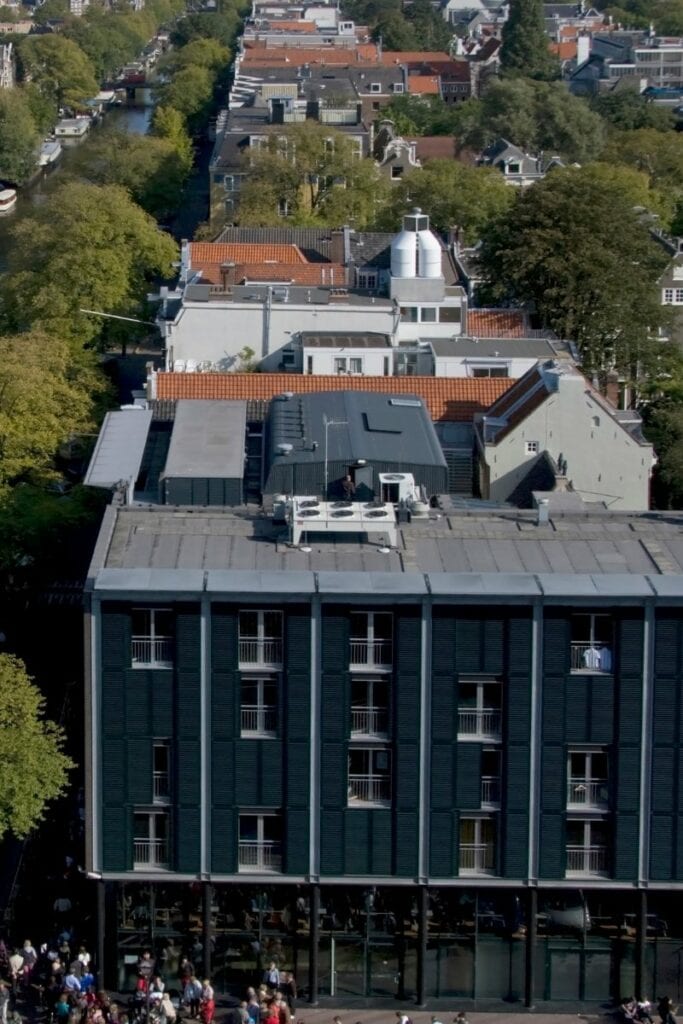
This important and iconic Amsterdam museum is 100% worth adding to any weekend in Amsterdam. The museum is a sobering reminder of the horrors imposed on Jews (and other minorities) during the Second World War. Even though the story of Anne Frank doesn’t have a happy ending, the museum is an exceptionally moving and inspiring place to visit.
Pergamon Museum, Berlin, Germany.
With treasures spanning 6,000 years of human history, this museum’s five temple-like buildings house collections of Greek, Roman and Middle Eastern antiquities and art.
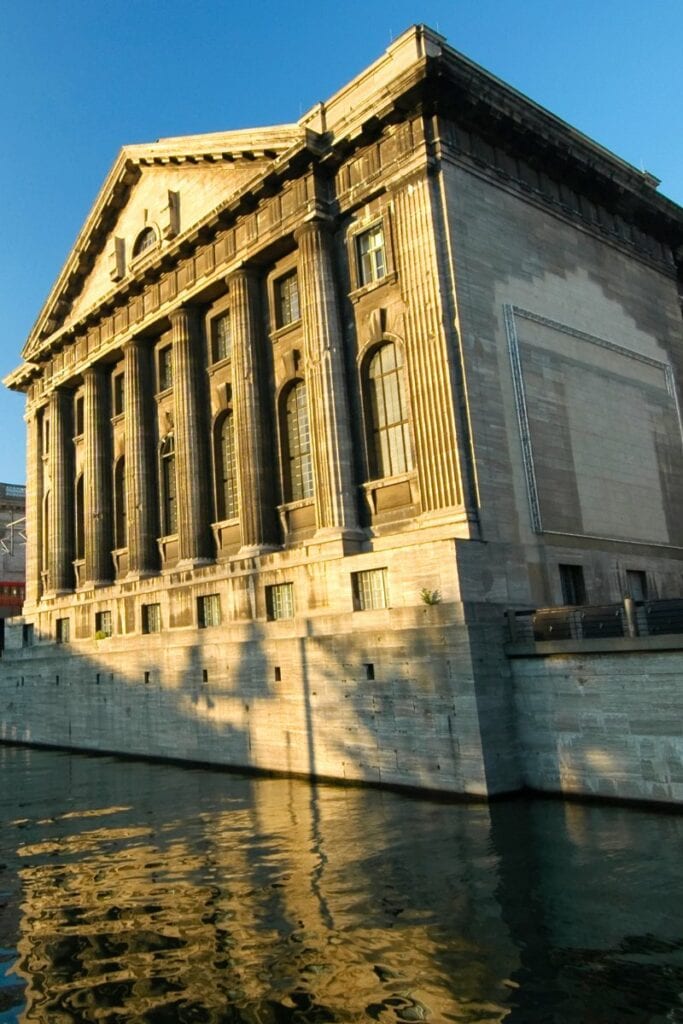
The Pergamom Zeus altar from 160 BC welcomes you into the museum. From there you can navigate through the glazed 2nd-century mosaics, Mesopotamian villas and Islamic treasures with the help of an audio guide, which comes free with your entrance ticket.
The National Museum, Prague, Czech Republic
This is one of Europe’s most visited museums… for good reason! Established more than 200 years ago, in the museum, you’ll find permanent and temporary exhibits chronicling all of the significant events in Czech history.
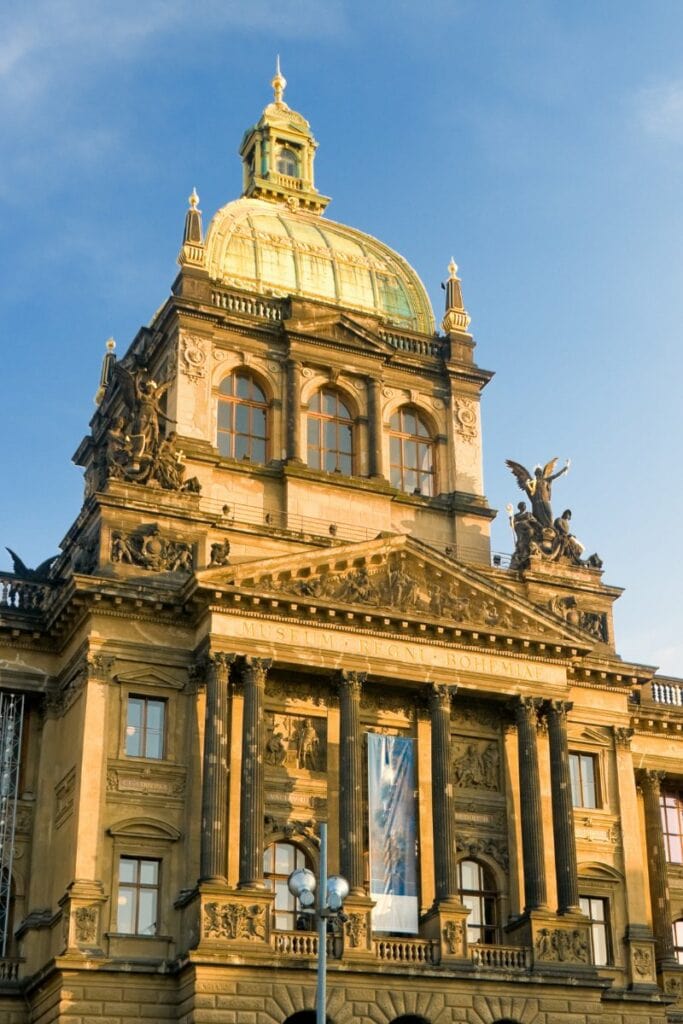
Located on the beautiful Wenceslas Square, the building itself is a Neoclassical masterpiece. It’s been damaged and repaired many times over the years, but is still exceptionally beautiful.
The Red Flat, Sofia, Bulgaria.
This tiny museum, located in a block of flats in the centre of Sofia, is an immersive destination quite unlike most museums on this list. Here you will experience what life was like for everyday Bulgarians during the Cold War.
You can browse the museum’s large collection of Soviet-era books and even try on some Socialist attire to get a real feel for the era.
The Museum of the Second World War, Gdansk, Poland.
Taking its location (where the Second World War began) as a starting point, this museum has one of the world’s most extensive collections of artefacts from WW2 and its aftermath.
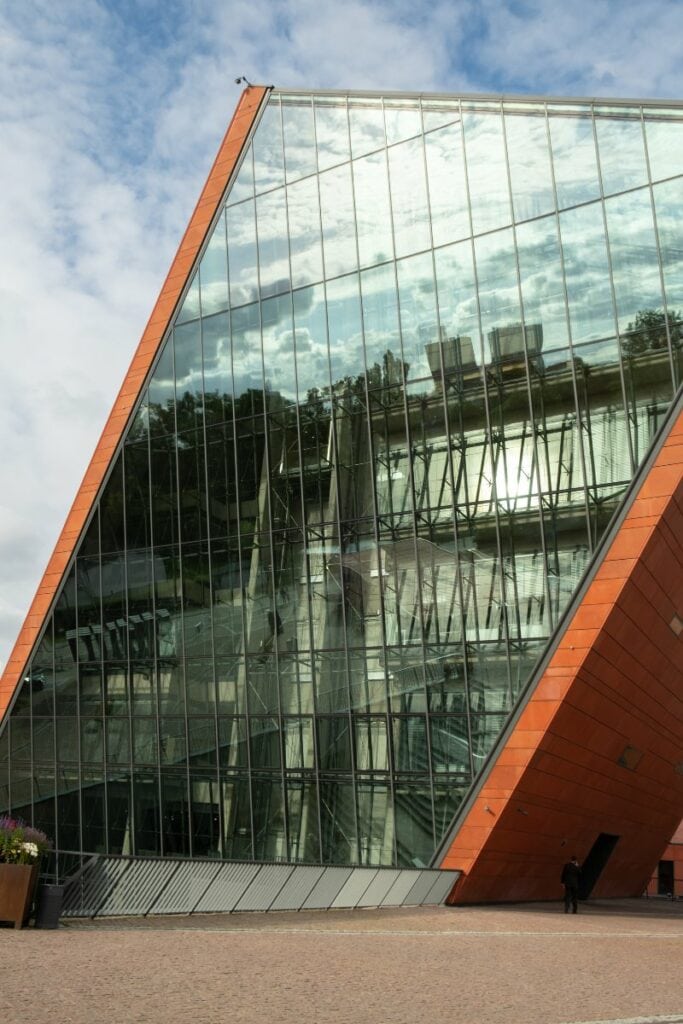
Especially good are the displays of propaganda and subterfuge used by both sides. There are also lots of vivid and moving stories from everyday people whose lives were devastated by the war.
The Vasa Museum, Stockholm, Sweden.
This museum, located in Djurgarden, houses the Vasa ship, which famously sank on its maiden voyage in 1628 and was rescued 300 years later in almost perfect condition! It’s amazing to see the 64-gun warship up close. Along with the well-preserved Swedish warship, you can also see a selection of artefacts gleaned from archeological sites across Europe.

The Vasa Museum is one of the most visited tourist attractions in Scandinavia and is an absolutely amazing place to see history come to life. Don’t forget to book your tickets in advance here. If you’re wondering where else to visit during a trip to the Swedish capital, don’t miss my guide to the best museums in Stockholm.
The Arktikum Museum, Finnish Lapland, Finland.
Dedicated to life inside the Arctic Circle, this interactive museum has displays of the animals, history and indigenous culture of Lapland. In the Aurora Borealis Room, you can lie back and witness the spectacle of the Northern Lights, while a virtual treasure hunt will keep kids of all ages entertained for ages.

Next door, the Science Centre Pilke is regarded as one of Europe’s best science museums. It’s a great place to visit for all of the family!
So there you are… a set of the best museums in Europe that are guaranteed to bring you face-to-face with the history that has shaped the cultures of this diverse continent.
Don’t forget, there are also lots of small museums tucked away in every corner of Europe just waiting for you to discover too. If you have any favourites, let me know!
If you’re interested in finding some more great museums on your travels, check out my guides to the best museums in Istanbul, top museums in Brussels and my favourites in Stockholm.

